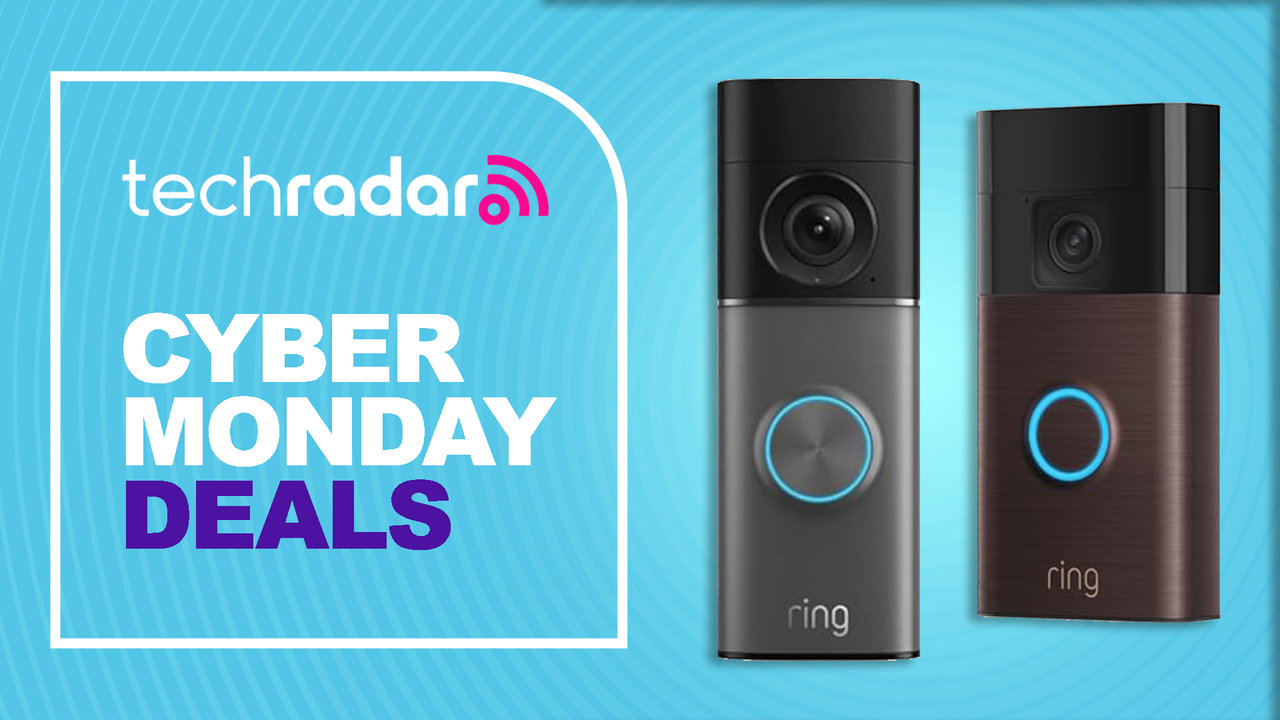
I love when technology enhances people’s lives in one way or another. And I don’t mean, being able to access news faster by using an app. I mean, really enhancing someone’s life to make it better. A big part of my job is to look at technology and understand how it impacts people with disabilities. So I’m always on the look out for new apps, or devices that do this. And today, I came across a new one. It’s a haptic wristband that helps someone who is blind to be able to navigate a space. For a really long time, the trend from a technology perspective has been around GPS. This would require someone to use a handheld device, and then have a way to listen to the directions being given. This idea is great, however, it only gets you TO a location.
Imagine for a moment that you have limited vision. You plug in the address to where you are going, then you put in your headphones and start on your journey. But it’s not that simple. Sure, the GPS can tell you what direction to go and where to turn, but there are still hazards in the environment that can make it dangerous. From street furniture, to lamp posts to intersections, someone with low vision still needs to be aware of these hazards. Now you’re adding in a service animal, or a white cane. All necessities for these individuals, but this can be a lot to maneuver.
What’s neat about this new device is that it sort of eliminates the need for the audio portion. People with visual impairments tend to rely on two other senses – touch and sound. Touch is very helpful when you arrive in a space. Think about Braille or tactile signage. This device, however, vibrates telling you which direction you need to go. I know that this technology exists with an Apple Watch, but is it sophisticated enough to be able to tell you if you’re going in the wrong direction? It seems to give a bit more information than Apple’s product, as it “creates a virtual “wall,” buzzing when you’re facing the wrong way and going silent when the right path is ahead, as if there’s an open door waiting”, according to an Engadget article.
While the device is still a prototype, and it sounds like there is a lot more work to be done, I believe it’s moving in the right direction. In order for someone who is blind or with low vision to cross a street, they have to do it at an intersection, and that intersection has to have audible pedestrian signals. Now, I’m not saying that this technology is going to replace those signals, but it certainly is going to help. Perhaps to point someone in the right direction, instead of steering them off into traffic.
This device is still being developed, but the company’s website indicates that they will “input proximity sensors to give feedback when there is a fast moving object in front of you”. Blind people often rely on the sound of cars slowing down to know that it is safe to cross the road. But technological advancements, such as electric cars, can make this difficult for some because they are so quiet.
The company – Wear Works also indicate how difficult it can be to listen to audio cues with a headset when you are in a busy area. You need to be able to focus on safely navigating the space. As I mentioned, this technology isn’t quite ready, but I think it is going to be very helpful for someone with a visual disability. I also hope that we begin to see more wearable devices with this type of technology. I would much rather see this built into an existing device, than for someone to have to purchase something that only has one purpose. But that’s just my opinion!



